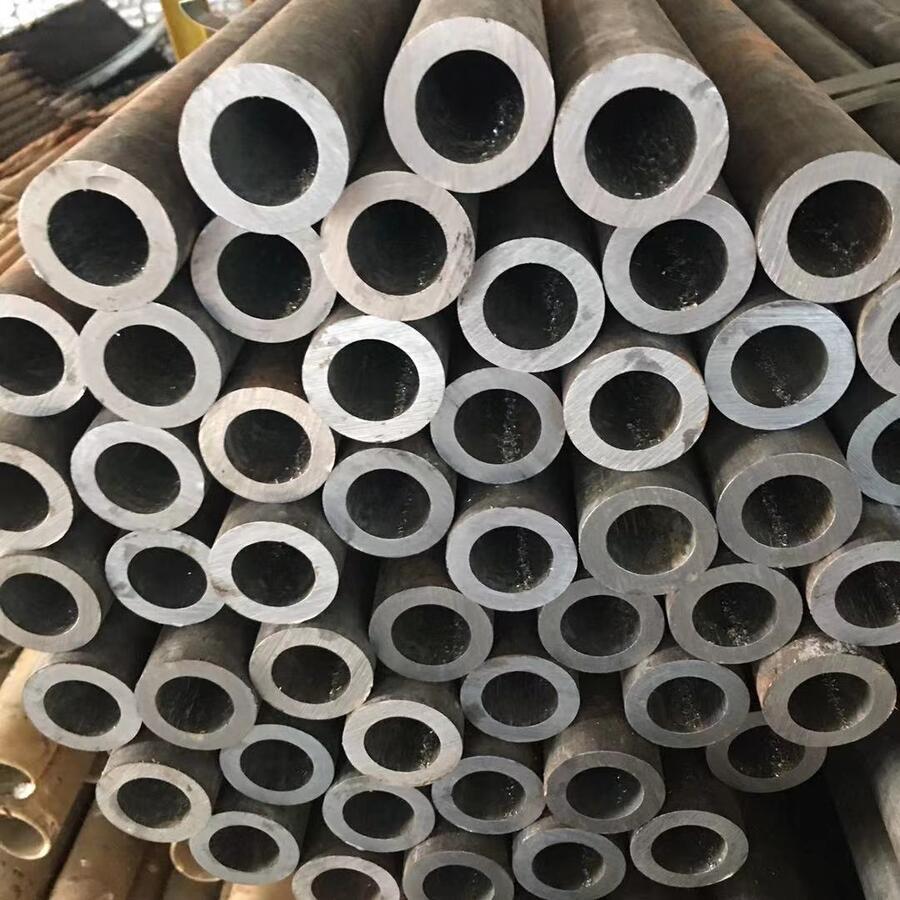تلعب مصانع إعادة تدوير الصلب دورًا حاسمًا في عملية تصنيع الصلب, تحويل المنتجات الفولاذية شبه المصنعة إلى سلع تامة الصنع. هذه المطاحن ضرورية لإنتاج منتجات الصلب المختلفة, بما في ذلك الحانات, قضبان, والأقسام, والتي تستخدم على نطاق واسع في صناعات البناء والتصنيع.
ما هو مصنع إعادة درفلة الصلب?
مصنع إعادة درفلة الفولاذ هو منشأة تقوم بمعالجة منتجات الصلب شبه المصنعة, مثل القضبان والأزهار, في المنتجات النهائية. تتضمن عملية إعادة الدرفلة تسخين الفولاذ شبه النهائي ثم تمريره عبر سلسلة من البكرات لتحقيق الشكل والأبعاد المطلوبة. لا تعمل هذه العملية على تحسين الخواص الميكانيكية للفولاذ فحسب، بل تعمل أيضًا على تحسين تشطيب سطحه.
المكونات الرئيسية لمصانع إعادة درفلة الصلب
تتكون مصانع إعادة درفلة الفولاذ من عدة مكونات رئيسية, يلعب كل منها دورًا حيويًا في عملية الإنتاج:
- فرن إعادة التسخين: يستخدم لتسخين الفولاذ شبه النهائي إلى درجة حرارة مناسبة للدرفلة.
- تقف مطحنة الدرفلة: هذه هي الآلات الرئيسية التي تشكل الفولاذ الساخن في الشكل المطلوب.
- سرير التبريد: سطح مستو حيث يتم تبريد الفولاذ المدلفن بعد المعالجة.
- آلة القص: يستخدم لقطع الفولاذ النهائي إلى أطوال محددة.
- وحدة التعبئة والتغليف: لتجميع وإعداد المنتجات النهائية للشحن.
مواصفات معدات مطحنة إعادة لف الصلب
يعد فهم مواصفات المعدات المستخدمة في مصانع إعادة درفلة الفولاذ أمرًا ضروريًا لتحسين كفاءة الإنتاج. فيما يلي جدول تفصيلي يعرض المعلمات المختلفة لمعدات مطحنة إعادة درفلة الفولاذ النموذجية:
| المعلمة | وصف |
|---|---|
| القدرة الإنتاجية | 10-100 طن يوميا |
| سرعة المتداول | 1-10 آنسة |
| إعادة تسخين درجة حرارة الفرن | 1000-1250درجة مئوية |
| عدد المدرجات المتداول | 2-6 يقف |
| استهلاك الطاقة | 100-500 KW |
| طول سرير التبريد | 20-50 متر |
| قدرة آلة القص | حتى 20 سمك مم |
| مستوى الأتمتة | دليل إلى مؤتمتة بالكامل |
| الأبعاد الشاملة | يختلف على أساس التصميم |
| مواد البناء | مواد فولاذية وسبائك عالية الجودة |
أهمية مصانع إعادة درفلة الصلب في الصناعة
تعد مصانع إعادة درفلة الفولاذ أمرًا حيويًا لعدة أسباب:
- التخصيص: إنها تسمح بإنتاج منتجات فولاذية مخصصة مصممة خصيصًا لتلبية احتياجات الصناعة المحددة.
- فعالية التكلفة: يمكن لمصانع إعادة الدرفلة إنتاج المنتجات النهائية بتكلفة أقل مقارنة بإنتاج الصلب الأولي.
- كفاءة الموارد: أنها تساهم في إعادة تدوير وإعادة استخدام الصلب, الحد من النفايات في الصناعة.
- خلق فرص العمل: وتوفر هذه المطاحن فرص العمل في مختلف القطاعات, من التصنيع إلى الخدمات اللوجستية.
التحديات التي تواجه مصانع إعادة درفلة الصلب
على الرغم من أهميتها, تواجه مصانع إعادة درفلة الصلب العديد من التحديات:
- استهلاك الطاقة: يمكن أن تؤثر تكاليف الطاقة المرتفعة على الربحية.
- اللوائح البيئية: قد يتطلب الامتثال للمعايير البيئية استثمارات كبيرة.
- المنافسة في السوق: يمكن أن تؤثر المنافسة المتزايدة من شركات تصنيع الصلب الكبرى على حصتها في السوق.
الاتجاهات المستقبلية في مصانع إعادة درفلة الصلب
من المرجح أن يتشكل مستقبل مصانع إعادة درفلة الفولاذ من خلال عدة اتجاهات:
- الأتمتة: ستعمل زيادة الأتمتة على تعزيز الكفاءة وتقليل تكاليف العمالة.
- التقنيات الخضراء: سيساعد اعتماد التقنيات الصديقة للبيئة على تقليل التأثير البيئي.
- الرقمنة: سيؤدي تنفيذ الحلول الرقمية للمراقبة والتحكم إلى تحسين عمليات الإنتاج.
خاتمة
تعد مصانع إعادة تدوير الصلب جزءًا لا يتجزأ من صناعة الصلب, توفير المنتجات الأساسية لمختلف التطبيقات. فهم عملياتهم, مواصفات المعدات, والتحديات التي يواجهونها أمر بالغ الأهمية لأي شخص يعمل في قطاع تصنيع الصلب. مع تطور الصناعة, وسيكون تبني التقنيات والممارسات الجديدة أمرًا أساسيًا للحفاظ على النمو والكفاءة.
لمزيد من المعلومات حول مصانع إعادة درفلة الصلب وعملياتها, يمكنك زيارة هاني التكنولوجيا و هاني علم المعادن.




